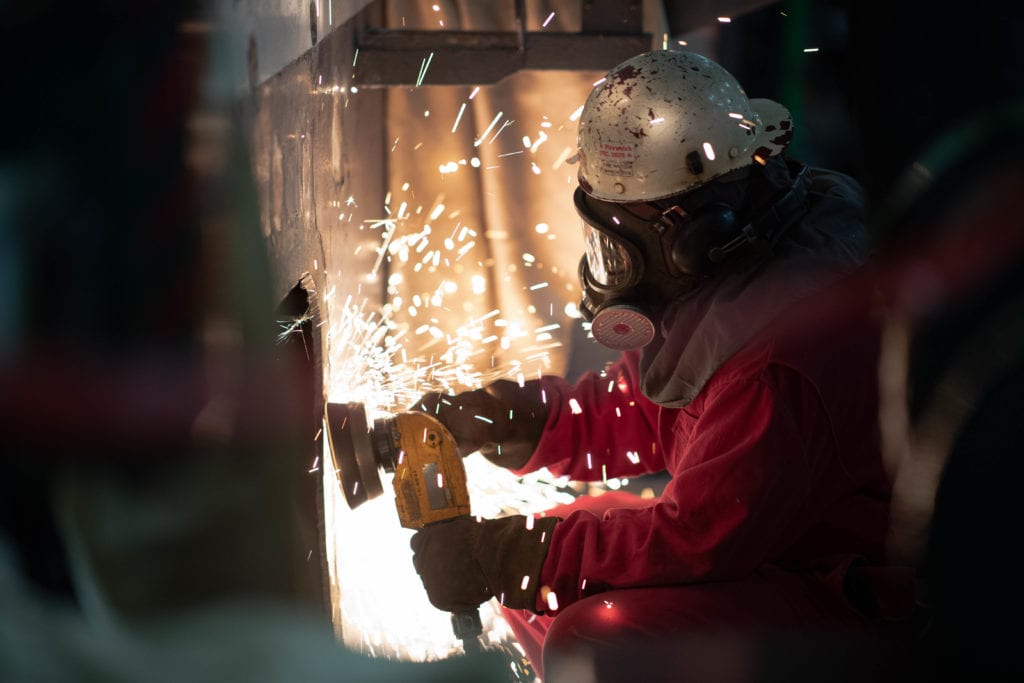
ARLINGTON, Va. — The U.S. Navy is continuing to build and repair ships amid the COVID-19 pandemic but also is looking ahead to position itself to accelerate as the nation recovers from the pandemic, the service’s top acquisition official said.
The repair yards are “continuing to get the work done,” James F. Geurts, assistant secretary of the Navy for research, development and acquisition, said during an April 1 teleconference with media.
“We’ll see some challenges,” Geurts said, but noted that his office is focused on “one or two steps down the road” and on “how to accelerate out of recovery” to maintain the readiness of the fleet.
See: COVID-19 Testing, Isolation Expand for Crew of Aircraft Carrier
He said that 95% to 98% of the Navy’s acquisition work force is teleworking and that he “was not seeing a drop-off in performance.”
The assistant secretary reiterated his focus on three lines of operation:
- The health of the defense industrial work force, including the government work force and its industrial partners such as prime contractors, subcontractors, small suppliers and individuals.
- Ensuring the health of the industrial base.
- Ensuring warfighting readiness of the Navy and U.S. Marine Corps.
“We haven’t slowed down,” he said, and that the work force “is continuing to press hard.”
Geurts said he continues to see some tightening in the supply chain and that his workforce in continually reassessing measures to work out the challenges. He lately is focusing attention on the transportation and distribution networks to monitor potential disruptions in the supply chain.
Geurts has been pressing to get contracts issued earlier than normal to assure the shipbuilders and repair yards and their suppliers that “work is coming.”
He pointed out that awarding contracts two months early has the advantage of getting planning and work started early; “creating some resiliency” as challenges arise; and making possible an acceleration of the post-pandemic recovery.
He said that contracts awarded recently included those for two Navajo-class towing, salvage and rescue ships; 18 P-8A maritime patrol aircraft, the AIM-9X Sidewinder air-to-air missile, berthing barges and patrol boats, and that contracts were imminent for a Block II San Antonio-class amphibious transport dock ship and for the new class of utility landing craft.
He also said he has yet to see the impact of the pandemic on the next-generation frigate program.
Geurts also pointed to the upcoming April commissionings of the Virginia-class attack submarines Delaware and Vermont and the upcoming combat systems completion of the guided-missile cruiser USS Zumwalt as evidence that the Navy’s acquisition of ships is not slowing down.
- SECNAV Advocates Increased Legal Immigration to Increase Shipbuilder Workforce - April 23, 2024
- Insitu Going Strong at 30, Focusing on Maritime Operations - April 8, 2024
- Navy Awards Boeing Additional Funds for MQ-25 Drones for Testing - April 3, 2024






